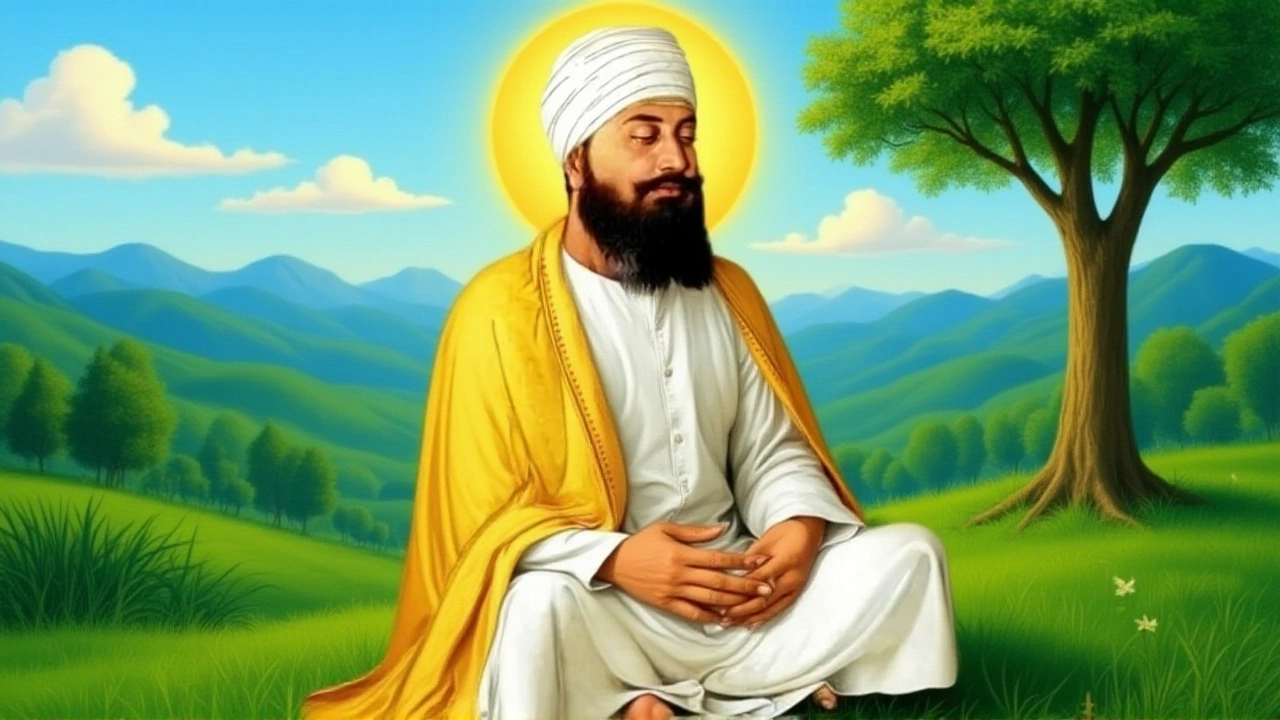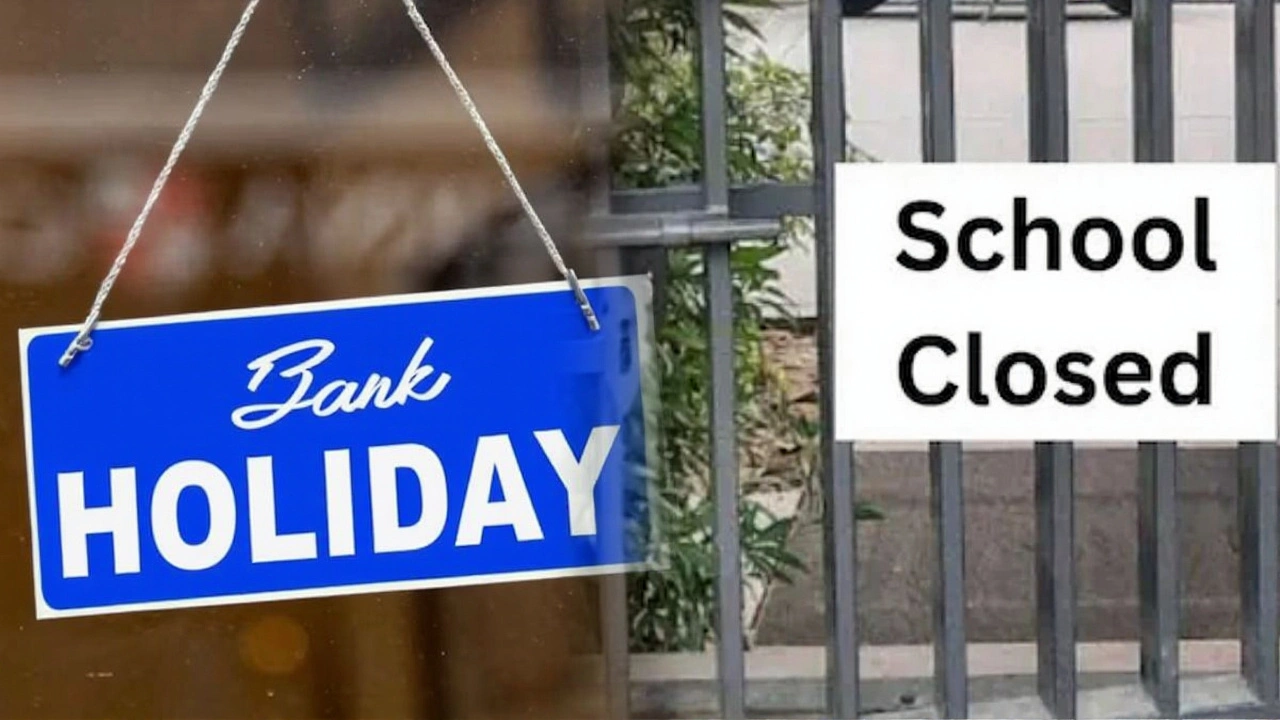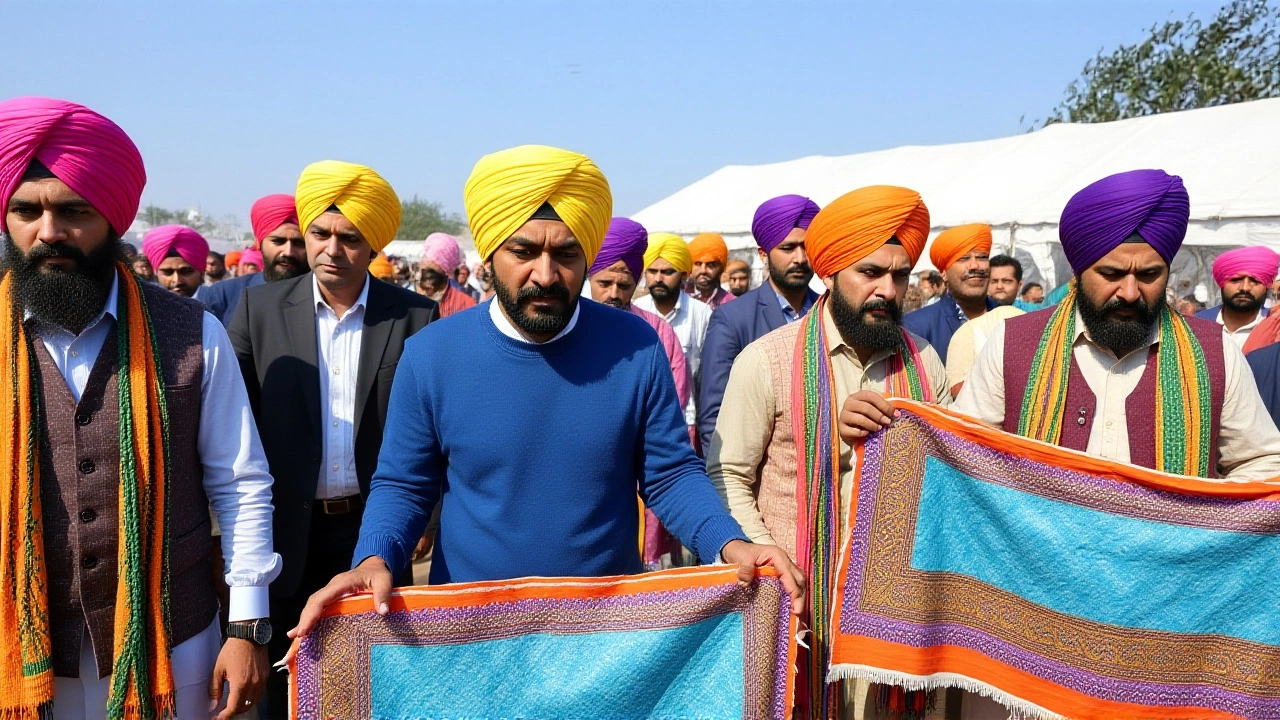On November 23, 2025, Anandpur Sahib became the epicenter of a historic spiritual and political gathering, as India marked the 350th anniversary of Guru Tegh Bahadur’s martyrdom — a moment when the ninth Sikh Guru gave his life to defend the right of Hindus to practice their faith under Mughal persecution. Speaking at the Sarv Dharm Sammelan, Arvind Kejriwal, National Convenor of the Aam Aadmi Party, declared: "History has many examples of sacrifice for one’s own religion, but only a soul like Guru Tegh Bahadur could lay down his life for another’s faith." The event, drawing tens of thousands from across the globe, wasn’t just a commemoration — it was a powerful reaffirmation of pluralism in a time when religious tensions are rising worldwide.
Historical Weight of a Martyrdom
Guru Tegh Bahadur was executed in Delhi in 1675 by Emperor Aurangzeb after refusing to convert to Islam. His sacrifice wasn’t for political power or territorial gain — it was a stand for the fundamental right to religious freedom. His son, Guru Gobind Singh, later founded the Khalsa, turning this martyrdom into the bedrock of Sikh identity. But Kejriwal’s words resonated beyond the Sikh community. By highlighting how a Sikh Guru died to protect Hindu priests from forced conversion, he invoked a legacy rarely emphasized in modern political rhetoric: that true courage lies in defending others’ beliefs, not just your own.
Legislative Legacy: Two Cities, One Sacred Status
The emotional crescendo came on November 24, 2025, when the Punjab Legislative Assembly convened a special one-day session. In a unanimous vote, lawmakers passed a law granting Anandpur Sahib official status as a "Sacred City," joining the already recognized Harmandir Sahib (Golden Temple) in Amritsar. Even more significantly, Talwandi Sabo — the birthplace of Guru Tegh Bahadur — was also declared a Sacred City. This wasn’t ceremonial. The law mandates enhanced preservation of historical sites, tax incentives for religious tourism, and mandatory inclusion of Guru Tegh Bahadur’s life in state school curricula.
A Drone Show That Moved a Nation
That evening, the sky above Anandpur Sahib lit up with a 15-minute drone light show — 500 synchronized drones painting the life, teachings, and ultimate sacrifice of Guru Tegh Bahadur in mid-air. The visuals showed him standing defiantly before Mughal soldiers, the sound of the jor-mela (Sikh hymns) echoing through speakers as the drones formed images of his sword, his turban, and finally, a single flame rising. Kejriwal, visibly moved, called it "divine," while Chief Minister Bhagwant Mann said, "We didn’t just want to remember. We wanted to make the world see what this place stands for."

Logistics of Devotion: Millions, No Inconvenience
Over 1.2 million pilgrims descended on Anandpur Sahib between November 19 and 25. To manage the influx, the Punjab Government deployed 300 free shuttle buses, 12 tent cities with 15,000 beds, 42 mobile medical clinics, and 24/7 water and sanitation units. No one was turned away. Even the state’s police chief admitted, "We’ve never seen this scale of devotion — and never managed it so smoothly."
Political Symbolism Meets Spiritual Unity
The gathering wasn’t just spiritual — it was deeply political. Alongside Kejriwal and Mann, a rare coalition of leaders attended: Governor Gulab Chand Kataria, Delhi’s former Deputy Chief Minister Manish Sisodia, and even Hindu saints like Vinny of Mount Abu and Baba Gurbaksh Singh. The message was unmistakable: in a fractured India, Anandpur Sahib stood as a beacon of unity. Kejriwal, speaking to reporters after visiting Gurdwara Shishganj Sahib, said, "I feel blessed to have been here. When you stand where a man died for someone else’s right to pray — you don’t just remember history. You become part of it."

What Comes Next? A Year-Round Movement
Chief Minister Bhagwant Mann announced that the commemoration won’t end in November. Starting 2026, the state will host a "Year of Tegh Bahadur," with monthly spiritual discourses, interfaith dialogues, and youth leadership camps centered on his ideals. A new $12 million museum is planned near the historic site, and a national scholarship fund for students studying religious tolerance will be launched in his name.
Why This Matters Beyond Punjab
While the event was rooted in Sikh history, its message is universal. In an era of rising religious nationalism, Guru Tegh Bahadur’s story offers a counter-narrative: that faith need not be a weapon — it can be a shield for others. The fact that a secular political party led this commemoration — and that Hindu, Muslim, and Christian leaders stood shoulder to shoulder — signals a potential shift. This wasn’t about politics. It was about reclaiming a moral legacy that transcends religion.
Frequently Asked Questions
Why is Guru Tegh Bahadur’s martyrdom considered unique in world history?
Unlike most religious martyrs who died defending their own faith, Guru Tegh Bahadur was executed for refusing to convert to Islam — while standing up for the right of Kashmiri Pandits to practice Hinduism. His death was a deliberate act of solidarity with a community outside his own, making it one of the earliest recorded instances of a religious leader sacrificing his life for another’s freedom of worship. No other major faith leader in the 17th century is known to have done the same.
What legal changes resulted from the 2025 commemoration?
The Punjab Legislative Assembly passed a law granting "Sacred City" status to both Anandpur Sahib and Talwandi Sabo. This triggers state-funded preservation of historical sites, tax breaks for religious tourism businesses, mandatory inclusion of Guru Tegh Bahadur’s life in school textbooks, and priority funding for interfaith educational programs. The law also prohibits commercial exploitation of sacred sites within a 5-km radius.
How did the government handle the massive crowd of over a million pilgrims?
The Punjab Government deployed 300 free shuttle buses, 12 tent cities with 15,000 beds, 42 mobile medical clinics, and 24/7 sanitation units. Over 8,000 volunteers and 5,000 police personnel were mobilized. A real-time crowd monitoring system using CCTV and AI analytics prevented stampedes. Remarkably, despite the scale, there were zero fatalities and only 12 minor injuries reported — a logistical feat rarely seen at such large religious gatherings.
What role did Arvind Kejriwal play in this event?
As National Convenor of the Aam Aadmi Party and former Delhi CM, Kejriwal was the most prominent political figure at the Sarv Dharm Sammelan. He delivered the keynote address, emphasized the universal moral lesson of Guru Tegh Bahadur’s sacrifice, and publicly praised Chief Minister Bhagwant Mann’s logistical planning. His presence signaled the party’s strategic alignment with religious pluralism as a core political value — a move widely interpreted as an effort to broaden its appeal beyond urban, secular voters.
Will this commemoration continue annually?
Yes. Chief Minister Bhagwant Mann announced a "Year of Tegh Bahadur" initiative starting in 2026, featuring monthly interfaith dialogues, youth leadership camps, and a national scholarship fund for students studying religious tolerance. The state plans to host a major gathering every November, with international religious leaders invited each year. A permanent museum and education center are also under construction near Anandpur Sahib.
How did other religious communities respond to the event?
Leaders from Hindu, Muslim, Christian, and Jain communities all participated. Hindu saints like Vinny of Mount Abu called it "a rare moment of spiritual clarity," while Muslim scholars from Aligarh and Lucknow issued joint statements praising Guru Tegh Bahadur’s courage. The event’s organizers deliberately invited non-Sikh speakers, and the drone show included symbols from multiple faiths — a deliberate effort to frame the martyrdom not as sectarian, but as a universal human ideal.

 Government & Politics
Government & Politics